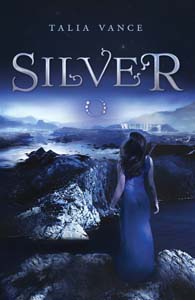Browse Our Books
You can browse our books easily with any of the following filters, hover over the filters or their titles to see their descriptions.
Reading Level
Categories
Or you can use quick search or switch to advanced search for better results...
Search Results (Found 7961 results)
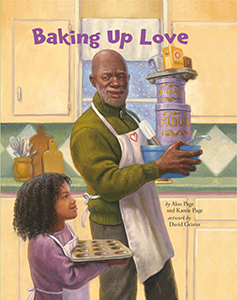
Baking Up Love 
Esther and her mom are supposed to bake cupcakes after school this afternoon for tomorrow's Literacy Feast. But when Esther arrives home, her mom is still at work, and she finds Grandpa snoozing in his favourite reading chair. ""Grandpa! Wake up!"" Grandpa reassures a doubtful Esther that he does in fact know how to bake, a skill he learned from Esther's late grandmother. Grandpa and Esther bake, dance, and sing, filling the kitchen, and their hearts, with Grandma's special ingredientClove.
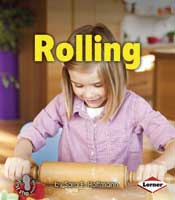
Balance and Motion (First Step Nonfiction)
This series introduces students to different motion concepts—from spinning and rolling and staying still to going from here to there. Colorful photos and simple sentence constructions support beginning readers while teaching key science content. This series meets both science and reading standards.
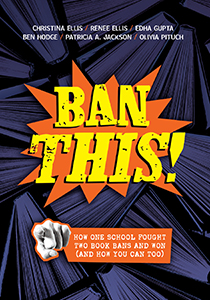
Ban This!: How One School Fought Two Book Bans and Won (and How You Can Too) 
-Each demand to ban a book is a demand to deny each person3s constitutionally protected right to choose and read books that raise important issues and lift up the voices of those who are often silenced.R CDeborah Caldwell-Stone, director of the ALA Office for Intellectual Freedom. In September 2021, the school board in York, Pennsylvania, voted to remove a record-breaking number of books from school libraries in its community. The Panther Anti-Racist Union (PARU) at Central York High School, comprised of four students and two advisors, successfully fought the ban by organizing protests, speaking at school board meetings, and participating in media interviews to raise awareness. In Ban This!: How One School Fought Two Book Bans and Won (and How You Can Too), the members of PARUCChristina Ellis, Renee Ellis, Edha Gupta, Ben Hodge, Patricia A. Jackson, Olivia PituchCgive actionable advice on how to respond to book challenges that happen in your school and community. Learn how to push ba
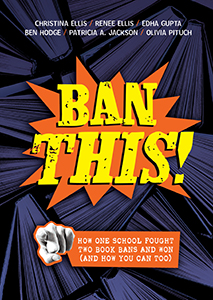
Ban This!: How One School Fought Two Book Bans and Won and How You Can Too 
Ban This!: How One School Fought Two Book Bans and Won (and How You Can Too), the members of PARUCChristina Ellis, Renee Ellis, Edha Gupta, Ben Hodge, Patricia A. Jackson, Olivia PituchCgive actionable advice on how to respond to book challenges that happen in your school and community. Learn how to push back against book bans with arguments against the common reasons given to ban books in schools and public libraries, speak out against censorship, and win the right to intellectual freedom.
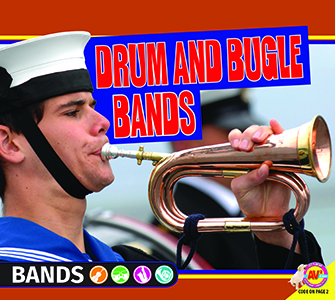
Bands
Early readers will discover the styles and origins of the many kinds of bands popular in the United States in the Bands series. Easy-to-read text and exciting images illustrate the history, function, and people who play in each kind of band. Each title in the series has been developed for children ages 5 to 7 and is designed to inspire beginning readers to become independent readers. The titles promote literacy and fluency through a focus on key concepts and sight words. All sight and content words used in a title are listed for quick reference on page 24. Bands is a series of AV2 media enhanced books. A unique book code printed on page 2 unlocks multimedia content. These books come alive with video, audio, weblinks, slideshows, activities, hands-on experiments, and much more.
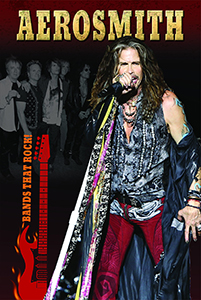
Bands That Rock!
Students will learn about each member before the band, how the individuals came together, the inspiration behind their greatest hits, trials and tribulations, breakups and reunions, and where they are now. The series also explores major events and culture shifts at the time of the band's fame, how they used entertainment to share social messages with their fans around the world, and their lasting influence on today's society.
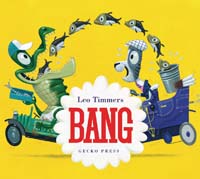
Bang
From the acclaimed author of The Magical Life of Mr. Renny, this nearly-wordless picture book is guaranteed to make pre-schoolers giggle. Filled with bright colours, car crashes, and animal mix-ups, young readers will delight in every humorous detail!
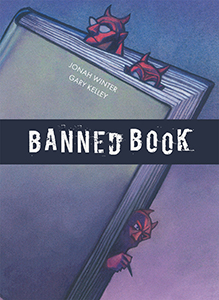
Banned Book 
The words were dangerous. For as long as people have been expressing their opinions in writing, there have been those in positions of power who have succeeded in censoring those thoughts. In this timely and provocative parable, a book is first subjected to redaction, then removal from a library. What becomes of a banned book? Is it really just landfill fodder in the end? Readers must decide for themselves.
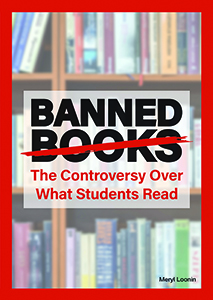
Banned Books: The Controversy Over What Students Read
Public and school libraries around the nation are experiencing a rash of efforts to ban books. Behind these efforts are parents and politicians who believe that hundreds of books and topics are not fit for young readers. Though this group is vocal, recent polls show that a majority of Americans oppose book bans. This book examines the types of books that are being challenged or banned-and why-as well as who should decide what America’s young people read.
